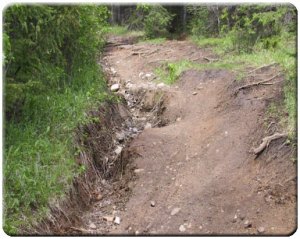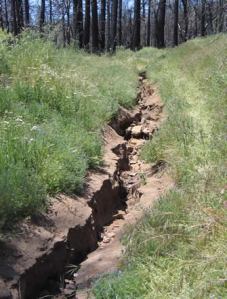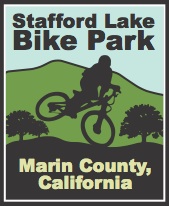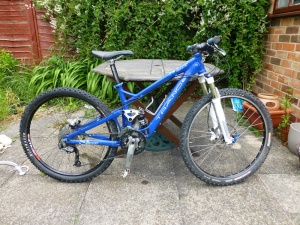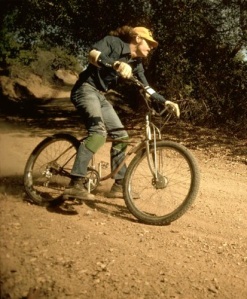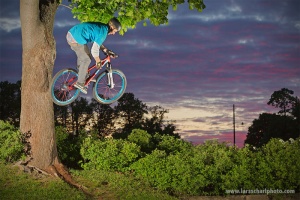Part 2
Mountain Biking is a recreational activity that can be pursued without taking harm to the environment if one takes the right precautions when cycling. There are various actions one can make when riding to prevent erosion along the trail. I am going to display various tips that bicyclist should be aware of to prevent further erosion. Erosion can be prevented, and mountain biking can be pursued in a safe manor to benefit the environment.
Some mountain bike trails are highly wide, while other may be far too thin. These thin trails I am speaking of are known as single-track trails. It is often easier to stay on track within the wider trails, than such smaller ones. Wider trails are easier to stay on track when traveling down, considering they offer much more space to ride on Personally it is less difficult for me to ride thin trails, than wide ones. Experienced riders often ride down trails in the same region. One part of the trail begins to become very smooth, from the various cyclists traveling down from time after time. These thin trails are easy for me to travel down to the fact they are very smooth from the previous riders. Wide trails grant people the ability to choose where along the trail they want to ride. Every individual rides a trail differently. Due to this wide trails are often not smooth, and have various ruts along the trail from the various directions riders choose to travel. While on a thin trail, riders are often following each other’s tracks to avoid running off the trail.
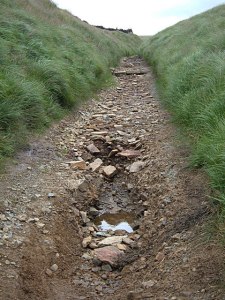
To ensure the longevity of local mountain biking trails, it is highly important to minimize trail damage. Mountain Bikers should avoid riding their bicycles through deep mud. Riding through deep mud contributes towards the formation of large ruts, which serve as erosion trenches. When bicycling in nature, in is important to not forge new trails, or to travel across unmarked terrain. It is advised by sfmtb.com to wait 48 hours after a rainstorm to ride dirt trails. If mountain bikers avoid riding through deep mud, these deep trenches can be eliminated. I know that trails that are wet offer more traction for the cyclist, but to ensure the well being of such trails one must not ride during these conditions.
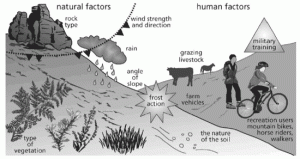
A bicyclist can prevent causing lateral erosion by carefully riding around sharp corners, rather than sliding or skidding around such corners. It may be difficult to avoid sliding at times, but it is crucial to attempt to in order to prevent erosion on the trails. If a tire is rolling on a solid surface, it does not cause significant damage. When a back tire locks up not slowing you down, and it shredding apart the trail. If a trail is too steep for you to ride down without potentially locking up your back wheel, just hop off your bicycle and walk down. This does not make you a less experienced cyclist. Instead, it makes you a more passionate cyclist towards the environment. An experienced cyclist always puts the environment before personal needs.
Part of the challenge of riding a single-track is to succeed the technical sections the trail may offer. When traveling along the trail there are many obstacles that nature may throw at you. It is very common to see fallen trees, roots, embedded along the trail, random waterbeds, and many other foreign challenges. If you are to encounter a natural obstacle along the trail that you are not capable of overcoming, it is ok to get off your bike and carry it over the obstacle!

If you built it, they will come! It is important to volunteer your time to sustainable trail construction projects. If you love riding local trails in your hometown, help create them! Trails do not build themselves, nor maintain themselves. If possible, attempt to get involved with local organizations that work to improve trails, and dissipate erosion.
This blog post was made possible thanks to the following:
http://www.sfmtb.com/sheets/lowimpact.htm
http://www.americantrails.org/resources/ManageMaintain/WKeenImpacts.html
http://www.dartmoor-npa.gov.uk/learningabout/lab-printableresources/lab-factsheetshome/lab-erosion

